Astronauts on the International Space Station have used a zero-gravity 3D printer to produce a working socket wrench complete with ratchet action – using digital plans that were emailed to the station by Nasa mission control on Earth.
Engineers at Made in Space, which built the experimental printer, overheard space station astronaut Barry “Butch” Wilmore mention on the radio that he needed a socket wrench. The company used computer-aided design (CAD) to draw up plans, produced an earthbound version of the spanner for safety certification by Nasa, then had the plans relayed to the ISS, where it took four hours to print out the finished product.
“The socket wrench we just manufactured is the first object we designed on the ground and sent digitally to space, on the fly,” said Made In Space founder Mike Chen.
“We designed one in CAD and sent it up to him faster than a rocket ever could have.
“It also marks the end of our first experiment – a sequence of 21 prints that together make up the first tools and objects ever manufactured off the surface of the Earth.”
The 3D printer was delivered to the ISS two months ago and the first thing it made was a sample component for itself. The space agency hopes to one day use the technology to make parts for broken equipment in space.
The company plans to replace the orbiting demo machine with a bigger commercial printer next year. The European Space Agency plans to fly its own 3D printer in 2015. Meanwhile the ratchet and other items made by the ISS printer will be returned to Earth for detailed comparison with corresponding parts produced on the ground.
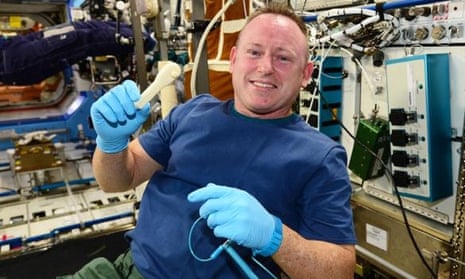
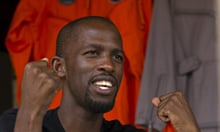
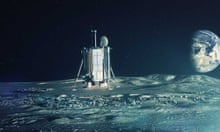
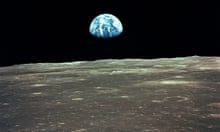


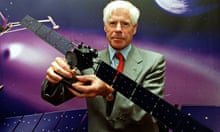
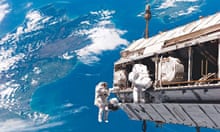
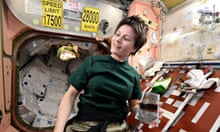
Comments (…)
Sign in or create your Guardian account to join the discussion